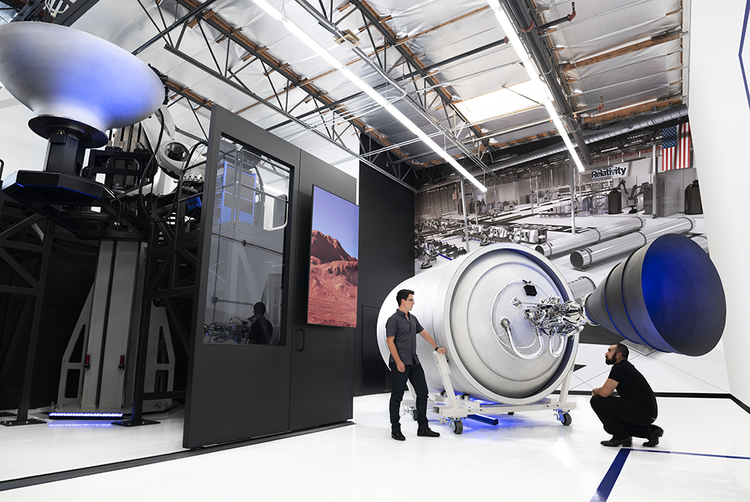With a vision to build and launch the first 3D printed rocket by 2021, Relativity Space is revolutionizing the aerospace industry.
Relativity Space intends to build this rocket or launch vehicle, Terran 1, from raw material to flight in just 60 days with the Stargate printer, according to their website.
Stargate, the largest metal 3D printer, uses direct energy deposition to manufacture various metal parts of a rocket, such as the fuel tank. Direct energy deposition refers to the additive process in 3D printing, where the material is melted and fused by thermal energy while it is being deposited.
“The printer feeds a metal wire into the deposition area and uses energy (typically a powerful laser) to melt the wire, building up printed parts layer by layer,” Bryce Salmi, a Relativity Space engineer, wrote in an article for IEEE Spectrum.
However, not all components of the rocket will require the usage of Stargate. Parts such as the engine can be constructed using commercial 3D printers.
“To build the engine, we employ commercial 3D printers that use a process called direct metal laser sintering, in which a laser fuses together particles of metal powder, creating the required structure layer by layer…and we’re going further: We expect commercial printers to become available soon that will allow us to print the injector, igniter, combustion chamber, and nozzle as a single part,” Salmi said.
In conventional manufacturing, most rockets typically require anywhere from 18 months to many years to build and launch. Design changes can take up to one year to complete.
By using this technology to create 3D rockets, the time and labor costs in the aerospace industry could be significantly diminished. In comparison to existing and previous rockets, Relativity Space anticipates the requirement of 100 times fewer parts and 10 times the production speed for Terran 1.
“The cost of a rocket is not determined by its raw materials; those are pretty cheap,” Salmi said. “It’s largely driven by the human labor needed to work those materials into usable components and verify that they will function for flight. There are two ways to reduce these labor costs: You can reduce the total number of parts in a rocket so less labor is needed, or you can change manufacturing processes to reduce the need for human minds and hands.”
In addition to reducing labor costs and the number of required parts, the high-precision lasers in the printing of 3D rockets demonstrate potential for eliminating error in rocketry.
“Relativity [Space] approaches the labor challenge head on by leveraging additive manufacturing to print complex components, using a single operation to turn raw material into finished product[s]… Our process also relies on our 3D printers rather than fixed tooling, which enables us to be nimble and inventive,” Salmi said.
Not only does 3D printing hold potential for satellite launching, but for further space exploration as well.
“We hope our rockets will eventually fly even farther. Perhaps one day we’ll ship our 3D printers to Mars, so rockets can be constructed on the Red Planet,” Salmi said. “From there, who knows where they’ll go.”
Photo courtesy of Relativity Space




